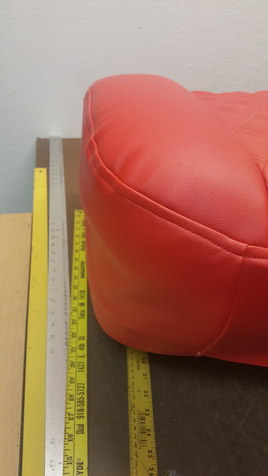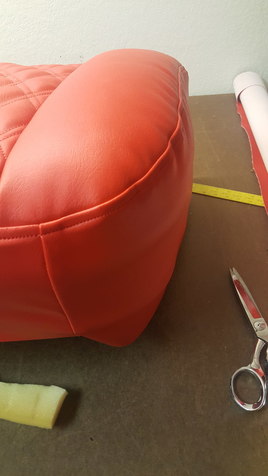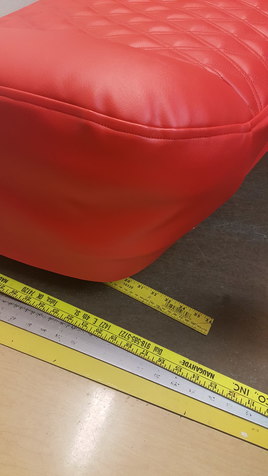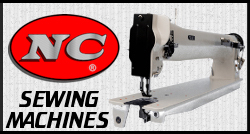-
 Kris Vowell
2Need help! Working on a truck bench seat.Corners are wrinkled and dont know why or how to fix it. What is going on here?Thanks
Kris Vowell
2Need help! Working on a truck bench seat.Corners are wrinkled and dont know why or how to fix it. What is going on here?Thanks


-
 Cody Lunning
39Do like Edgar says, but have you trimmed away any selvage around you seam there? Might be too much material in the corner.
Cody Lunning
39Do like Edgar says, but have you trimmed away any selvage around you seam there? Might be too much material in the corner. -
 Kris Vowell
2Thanks I'll give it a try. Could it be from poor patterning? Im adding bolsters to this seat so im making the patterns off the foam not from original cover.
Kris Vowell
2Thanks I'll give it a try. Could it be from poor patterning? Im adding bolsters to this seat so im making the patterns off the foam not from original cover. -
 Fred Mattson
152@Kris Vowell
Fred Mattson
152@Kris Vowell
To help with wrinkles in vinyl bolster panels try to observe the stretch of the material. It is best to have the stretch of the panel work from side to side. This will give the panel the ability to move when it is sat upon.
Another thing to note is when you top stitch the panel, trim the seam allowance close to the stitching to relieve the bulk. After the panel is installed, applying some heat to the panel will aid in relaxing the material so that it will conform to the cushion foam. You may also need to add some additional cotton the the top of the foam to help fill out the seat cover. -
 Cody Lunning
39Not to high jack the thread but @Fred Mattson I often wonder about what way the stretch should be for things. Is there any sort of guide anywhere to this, if is it play by ear. I see people who wrap dashes or doors etc and those always scare me a bit cause of this.
Cody Lunning
39Not to high jack the thread but @Fred Mattson I often wonder about what way the stretch should be for things. Is there any sort of guide anywhere to this, if is it play by ear. I see people who wrap dashes or doors etc and those always scare me a bit cause of this. -
 Fred Mattson
152@Cody Lunning
Fred Mattson
152@Cody Lunning
Vinyl should stretch in the direction of greater expansion. This way the material can move without causing damage to the backing material. For example- is the seat cushion depression is greater side-to-side then the stretch should also go side-to-side. A dash would be covered with the stretch going into the deeper depression or higher extrusion. Always work from the deepest point outward. This will give you enough material to cover. If you work into a depression, the material may need to be stressed more than it can and that will give you stretch marks that may not be able to be worked out.
There are some exceptions to these examples so it is best to just lay a piece of vinyl over the part you want to cover and check that the stretch will work.
Welcome to The Hog Ring!
This forum is only for auto upholstery pros, apprentices and students. Join today to start chatting.
More Discussions








- Terms of Service
- Useful Hints and Tips
- Sign In
- Created with PlushForums
- © 2025 The Hog Ring






